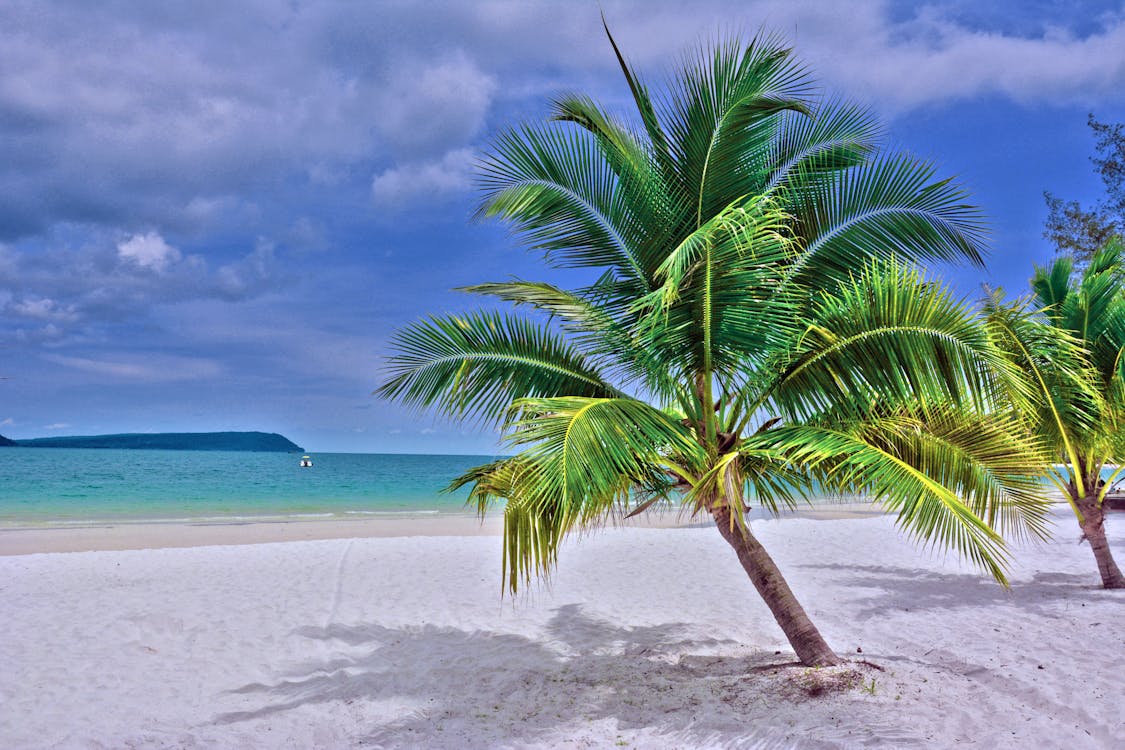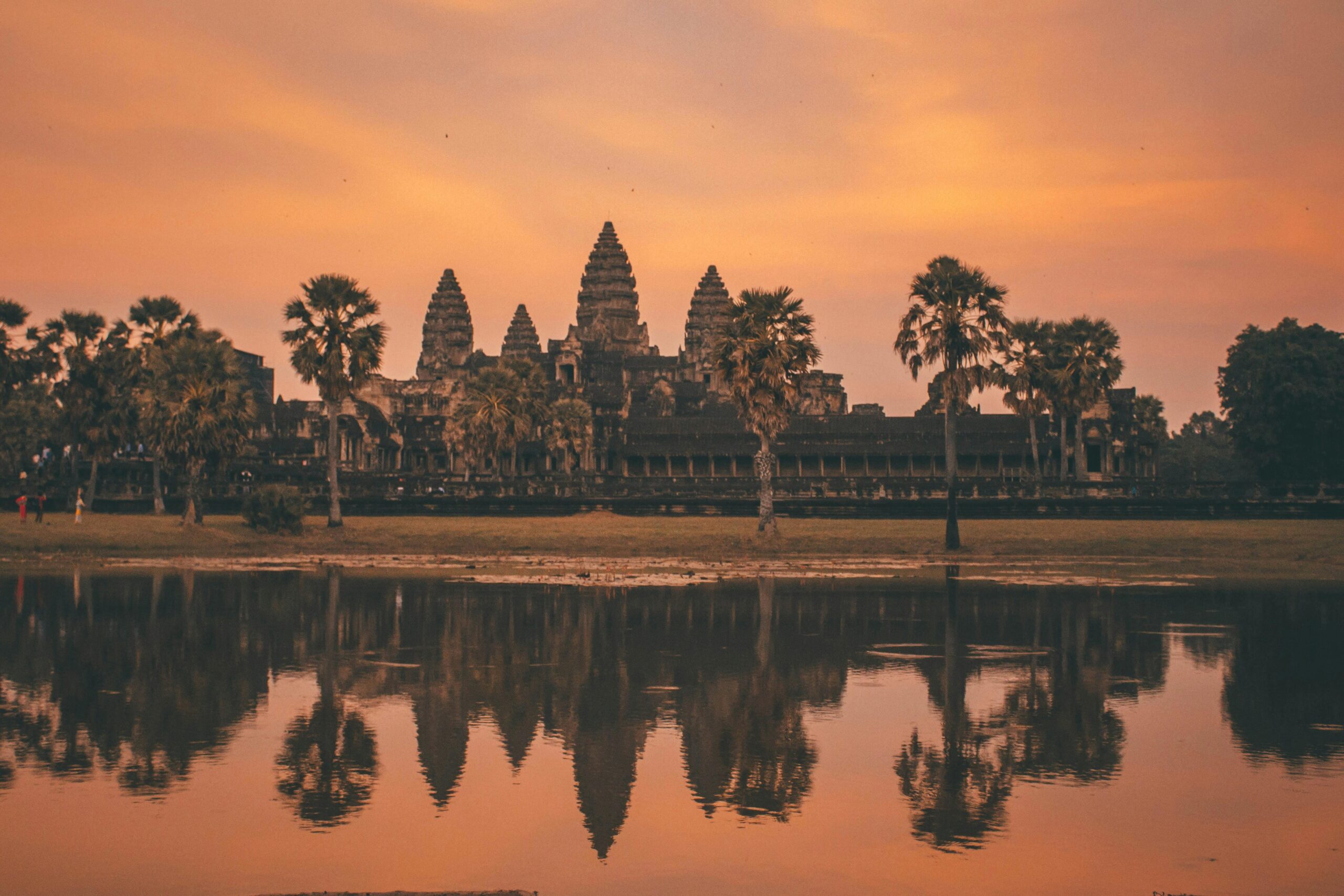Best Time to Visit Cambodia: A Seasonal Travel Guide for 2025
Cambodia is a dream destination for travelers seeking rich history, stunning temples, vibrant culture, and beautiful landscapes. Whether you’re looking to explore the ancient ruins of Angkor Wat, relax on idyllic beaches, or experience local traditions, the best time to visit Cambodia can vary depending on your interests and the weather conditions. In this guide, we’ll help you determine the ideal time to visit Cambodia based on seasonal weather, events, and your travel preferences.
Understanding Cambodia’s Climate
Cambodia has a tropical climate with distinct wet and dry seasons, which greatly influence the best times to visit. The country’s weather is warm year-round, but the rainy season can affect travel plans, especially in rural areas or for outdoor activities.
- Dry Season: November to April
The dry season is the most popular time to visit Cambodia, as the weather is sunny, warm, and ideal for exploring the country’s many outdoor attractions. During these months, you can expect clear skies, minimal rain, and lower humidity, making it the perfect time for sightseeing and outdoor adventures. - Rainy Season: May to October
The rainy season brings heavy showers, especially in the afternoon, but it is also a time when Cambodia is lush and green. If you don’t mind occasional rain, this period can offer a more peaceful and less crowded experience. The countryside, especially places like Angkor Wat, looks particularly stunning during this time due to the vibrant greenery.
Best Time to Visit Cambodia for Specific Activities
While Cambodia is a year-round destination, certain activities are best enjoyed during specific seasons. Here’s a breakdown based on popular travel experiences:
1. Visiting the Temples of Angkor Wat
- Best Time: November to February
The Angkor Wat temple complex is the highlight of any trip to Cambodia, and visiting during the dry season (November to February) will provide the best experience. The weather is cooler, and the iconic temples are less likely to be impacted by rain, which can sometimes make the paths slippery during the rainy season. Sunrise and sunset views at Angkor Wat are particularly breathtaking during these months.
2. Exploring Cambodia’s Beaches and Islands
- Best Time: November to April
Cambodia’s coastline offers beautiful beaches and islands, such as Sihanoukville, Koh Rong, and Koh Rong Samloem. The best time for beach activities like swimming, snorkeling, and diving is during the dry season, when the sea is calm and the weather is perfect for outdoor water activities. The months of December and January are particularly great for enjoying the beaches without the summer crowds.
3. Trekking and Adventure Activities
- Best Time: November to March
For outdoor adventure enthusiasts, Cambodia’s cooler months from November to March provide the best conditions for trekking and exploring national parks such as the Cardamom Mountains and the Kulen Mountain. The weather is mild, and there’s less rain, making hiking and trekking more enjoyable. The dry season also allows easier access to remote areas that could be difficult to navigate during the rainy season.
4. Experiencing Cambodian Festivals
- Best Time: April, September, and November
Cambodia’s lively festivals are another major attraction, and each one provides a unique opportunity to experience the local culture. Some of the most popular festivals include:- Khmer New Year (Chaul Chnam Thmey): Celebrated in April, it’s one of Cambodia’s biggest festivals, with traditional dances, feasts, and cultural events.
- Pchum Ben (Ancestor Day): Occurring in September or October, this is a time when Cambodians honor their ancestors and hold ceremonies at temples.
- Water Festival (Bon Om Touk): Held in November, it marks the reversal of the Tonle Sap River, with boat races, fireworks, and vibrant celebrations.
These festivals are excellent for cultural immersion, and traveling during these times gives you a chance to see Cambodia in full festive spirit.
5. Budget Travel to Cambodia
- Best Time: May to October
If you’re traveling on a budget, visiting Cambodia during the rainy season (May to October) can save you money. Hotel prices are typically lower, and popular tourist spots are less crowded. While there may be some rainfall, it usually occurs in short bursts, allowing plenty of time to explore. However, it’s worth noting that some remote destinations may be harder to access due to floods, so plan accordingly.
Weather in Cambodia by Month
Here’s a quick overview of the weather throughout the year to help you plan your visit:
- November to February (Cool and Dry): Ideal for sightseeing, trekking, and outdoor activities.
- March and April (Hot and Dry): Hot temperatures, especially in the inland areas. Ideal for visiting the coast or islands, but be prepared for the heat.
- May to October (Rainy): Expect heavy rain, high humidity, and fewer tourists. The countryside is lush, and prices are lower, but some areas may be harder to navigate.
Conclusion
The best time to visit Cambodia depends on your preferences for weather, activities, and festivals. For optimal weather and ideal conditions for sightseeing, the dry season (November to February) is the most recommended. However, if you prefer fewer crowds and don’t mind a little rain, the rainy season can also be a great time to explore Cambodia’s stunning landscapes and vibrant culture.
No matter when you decide to visit, Cambodia’s rich history, stunning temples, and welcoming people will make for an unforgettable experience. Plan your trip based on your interests, and you’re sure to have a wonderful time exploring this beautiful country.
Read more


